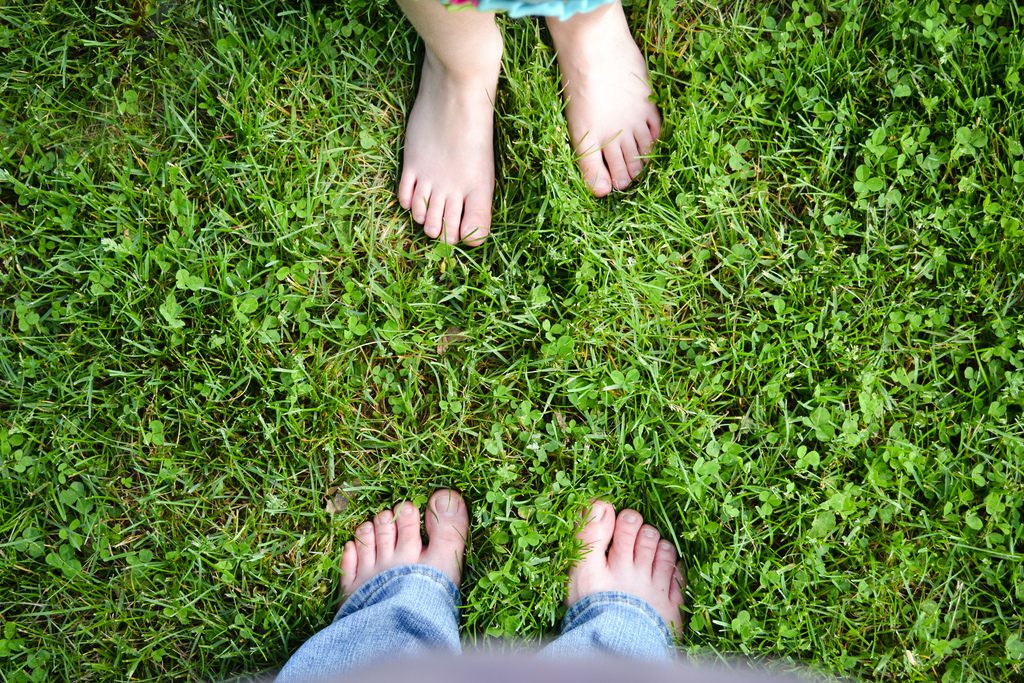by Antonio Paz
Most of us were always told to put shoes on before we go outside. We were told this for good reasons. Our little feet were delicate and new, and we knew nothing about the dangers of life. As a child, walking is a fairly new exercise, and the concept of caution was something that we knew nothing about. We walked barefoot toward our destination, never minding who may be underfoot, or what pain we may feel on the way.
Inevitably, we step on something that causes pain and thus, our idea of the world being a painful place begins its construction. But once we understand the reason for our footwear, we feel armored. And then, we run on top and through everything from ant piles to mud puddles, because we now believe that our feet are safe and that anything is possible.
As we grow older, though, this understanding changes and our feet and minds become conditioned in a unique and similar way. No longer do our shoes simply “protect,” but now they say something personal about our income or social status. Michael Jordan basketball shoes or designer high-heels that cost upwards of $100 become more important than the basic footwear used to simply protect. Then, a general hatred of feet grows within our minds, due to an impractical societal model of physical “perfection.” High-heeled shoes are one of the best examples of feet hating footwear; not only are they uncomfortable and unhealthy for the wearers, but are also extremely painful for anyone they step on.
Do we really hate our feet that much?
Americans openly express their disgust and outright hatred of their own feet and the feet of others on the Internet, as per online blogs and Facebook groups. Hating others, or even ourselves is not surprising when physical characteristics do not match up with the ideal. For some, our feet simply are not “pretty enough.” In 2008, more than half of the 500 women recorded by Kelton Research for the American Podiatric Medical Association claimed to be “embarrassed” by their feet. Why?
Average feet tend to show normal signs of usage like cracks in heels, blisters or an odor, and yet, we hate them for it. We neglect our feet, stuffing them into uncomfortable shoes, and then we hate them for showing signs of neglect. That isn’t right.
This conundrum explains why choosing to be barefoot in public seems like a foreign idea. An individual choosing to be “shoeless” can face severe criticism. “That’s so dangerous,” some accuse. While others ask, “why would somebody do something so disgusting?”
Bare-footers are also seen as naïve and unaware of the dangers around them. In reality, it is quite the opposite. Constant awareness of surroundings is a necessary requirement. Every step must be deliberate and well planned. This deliberation and planning is something we all forget to do in our every day life, but being shoeless serves as a constant reminder. An acorn (or anything else we may happen to step on) will quickly remind us of how mindless we can be when we move from one place to another.
Walking shoeless requires us to walk carefully, mindfully and intelligently, to avoid what may cause pain on our path. We’re forced to walk wisely.
Contemplating our next footstep makes us present in the moment. How we look, or other people’s opinions of us, are insignificant compared to the safety of our next steps toward our goals.
It doesn’t have to be a complete lifestyle change. There is no lengthy commitment required, in order to gain the general understanding. Experimenting for one day can help, or even simply pondering the idea for some time. Obviously not everyone in the world can walk barefoot, depending on his or her personal health, but everyone in the world could certainly be more mindful. Being barefoot in public is just one simple way that this wisdom can plant itself one step at a time.





